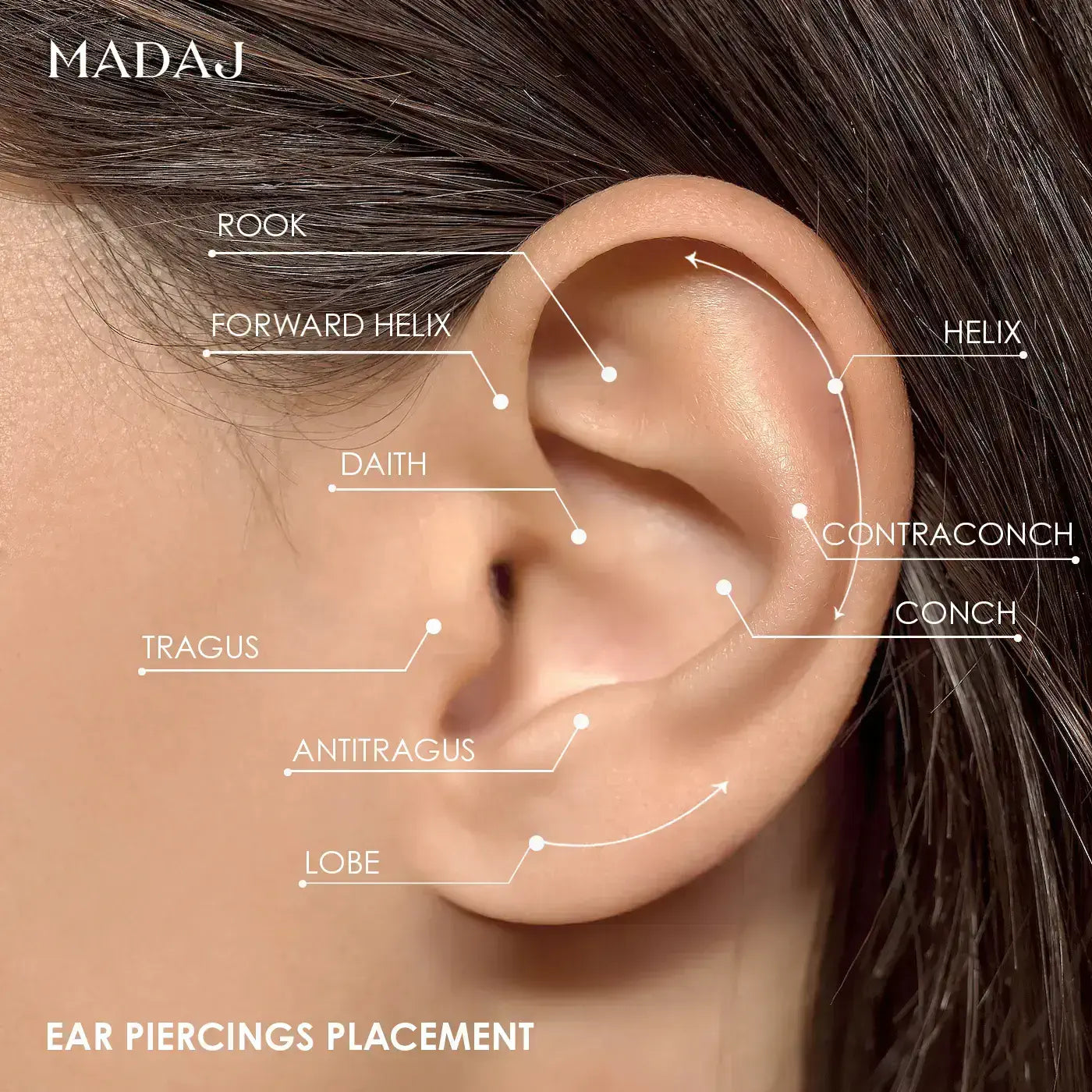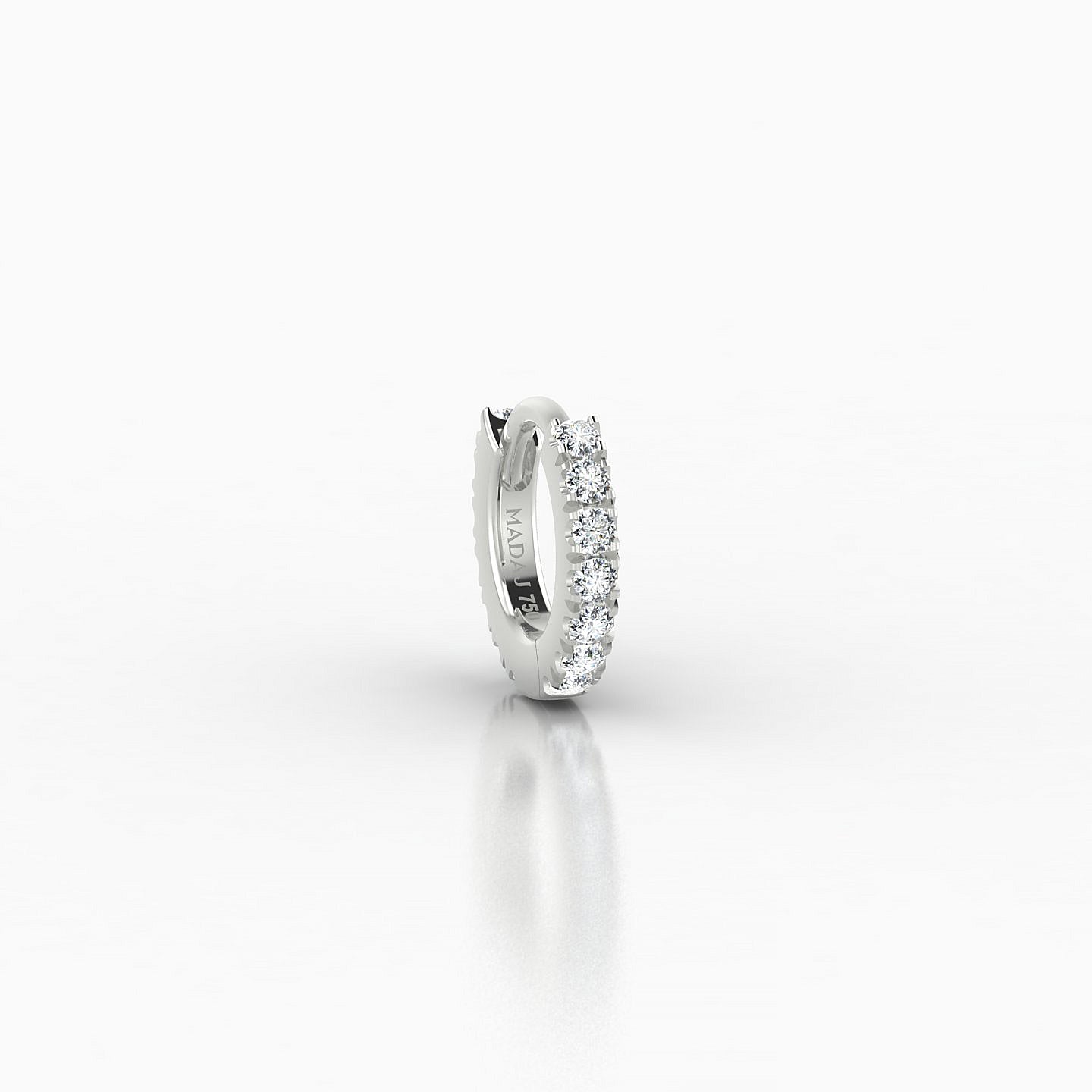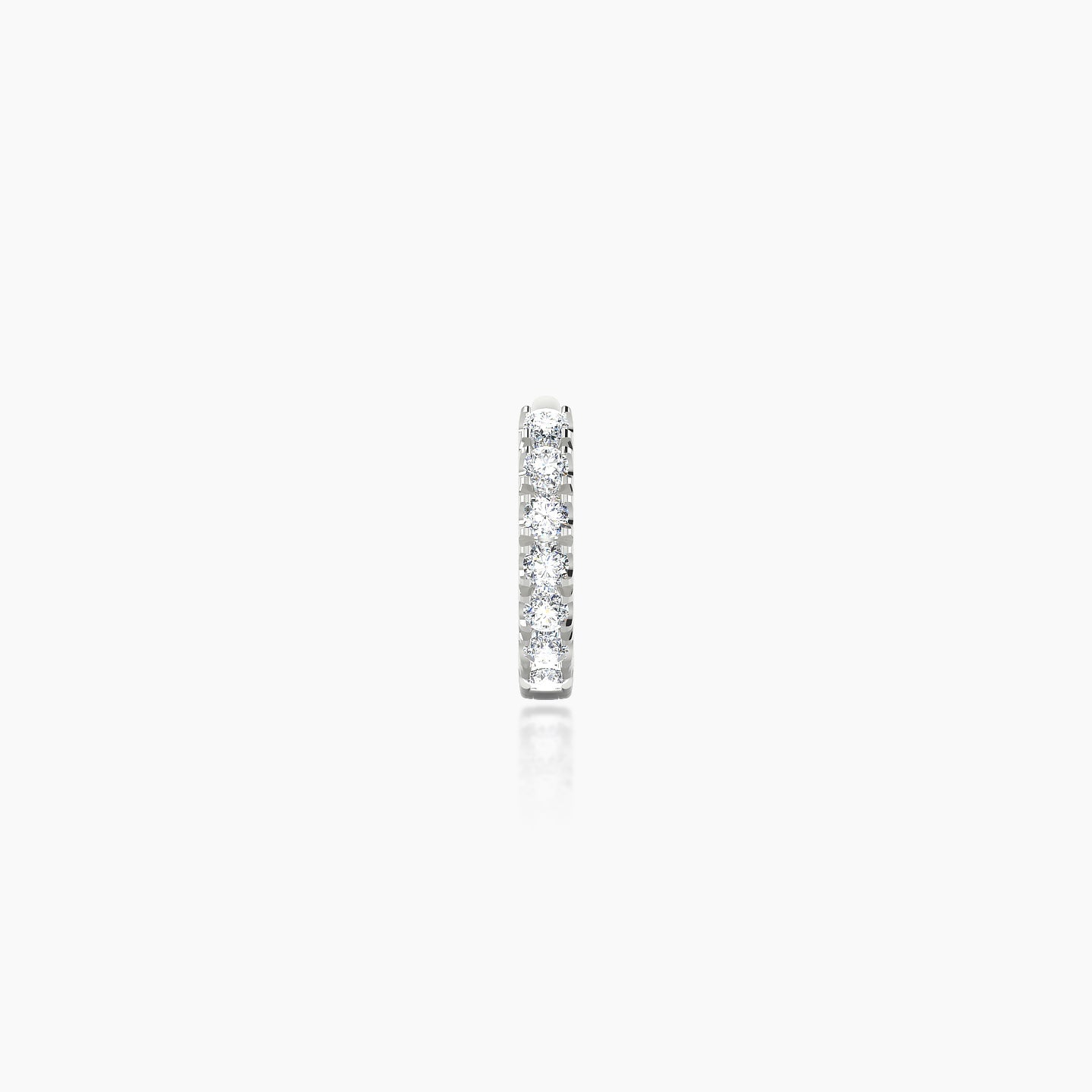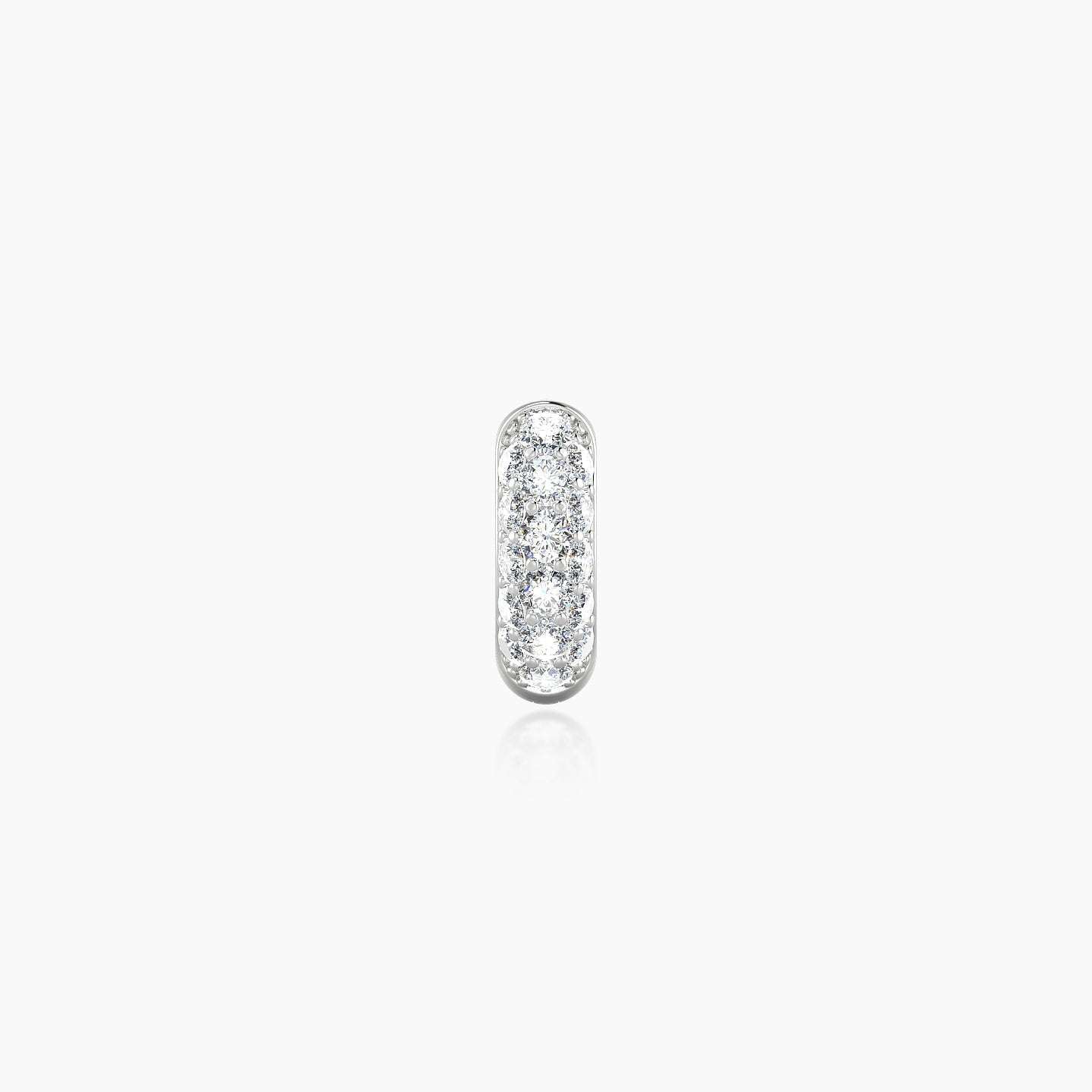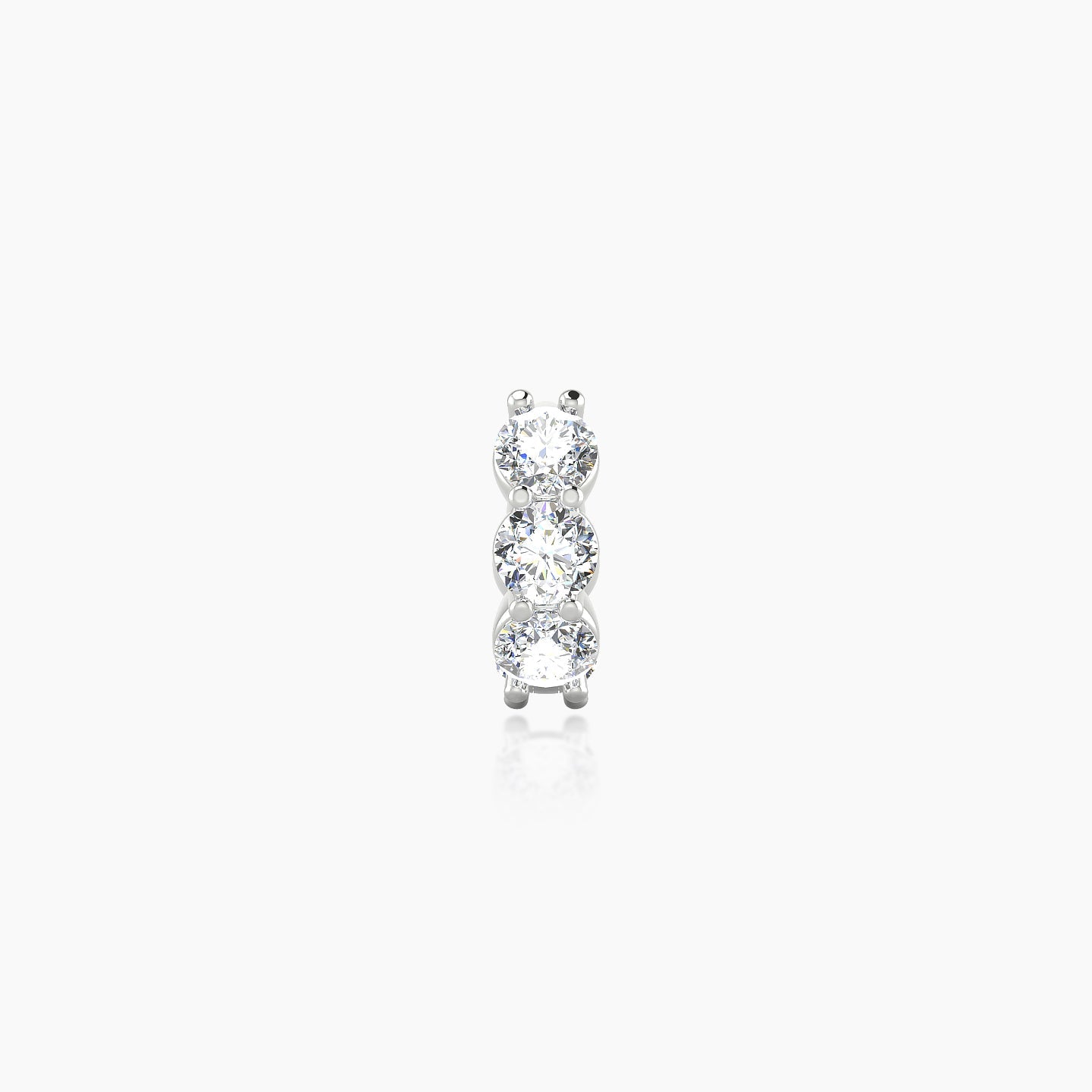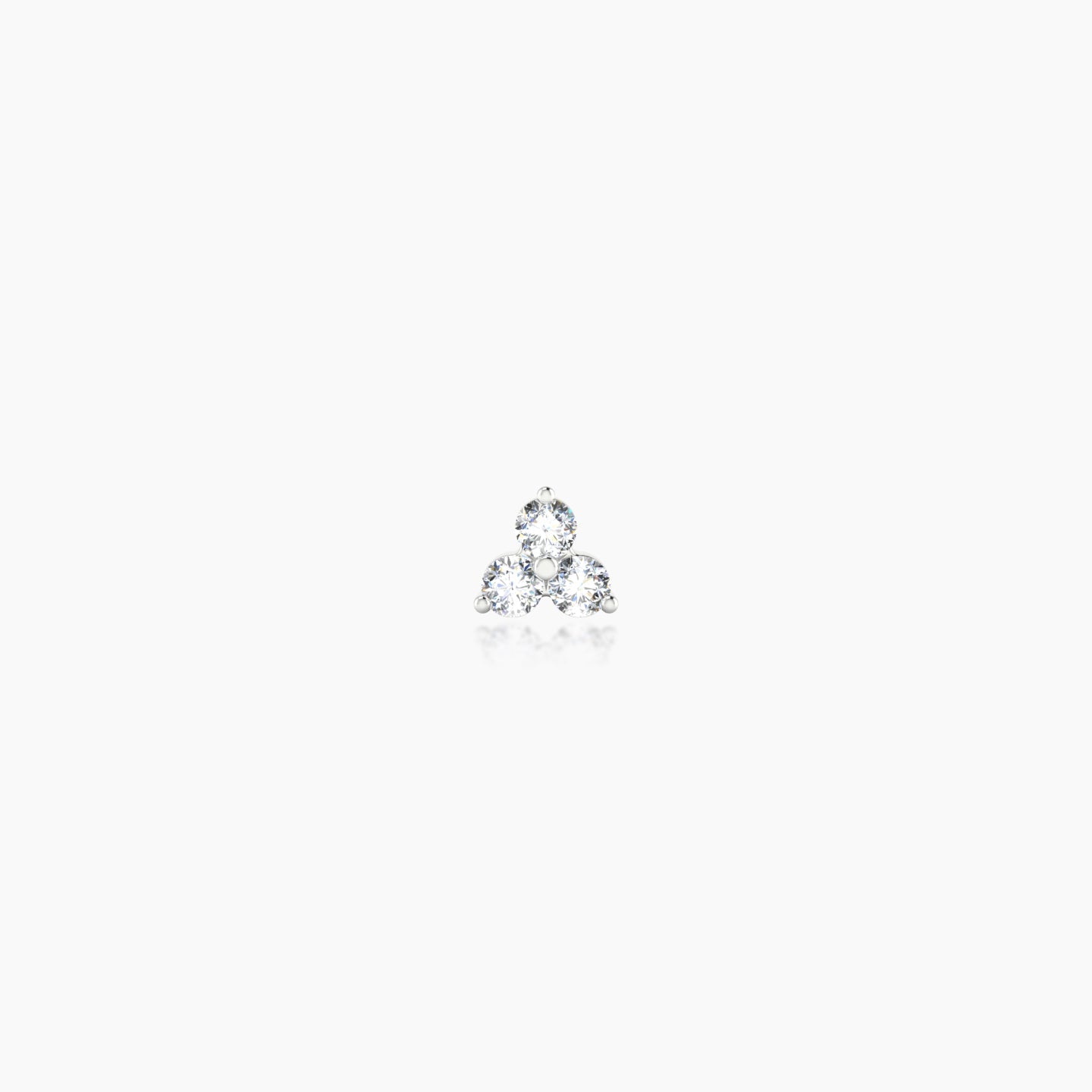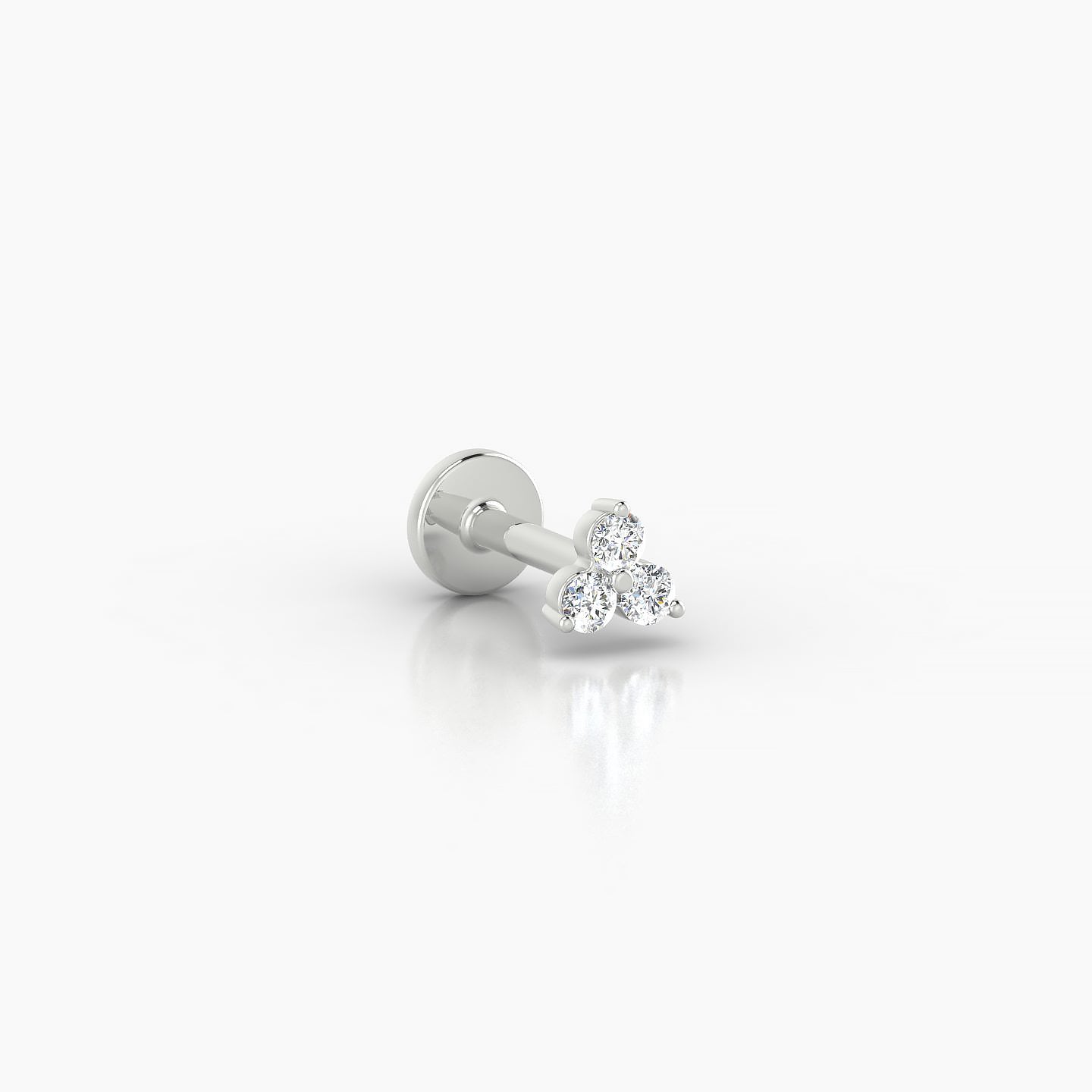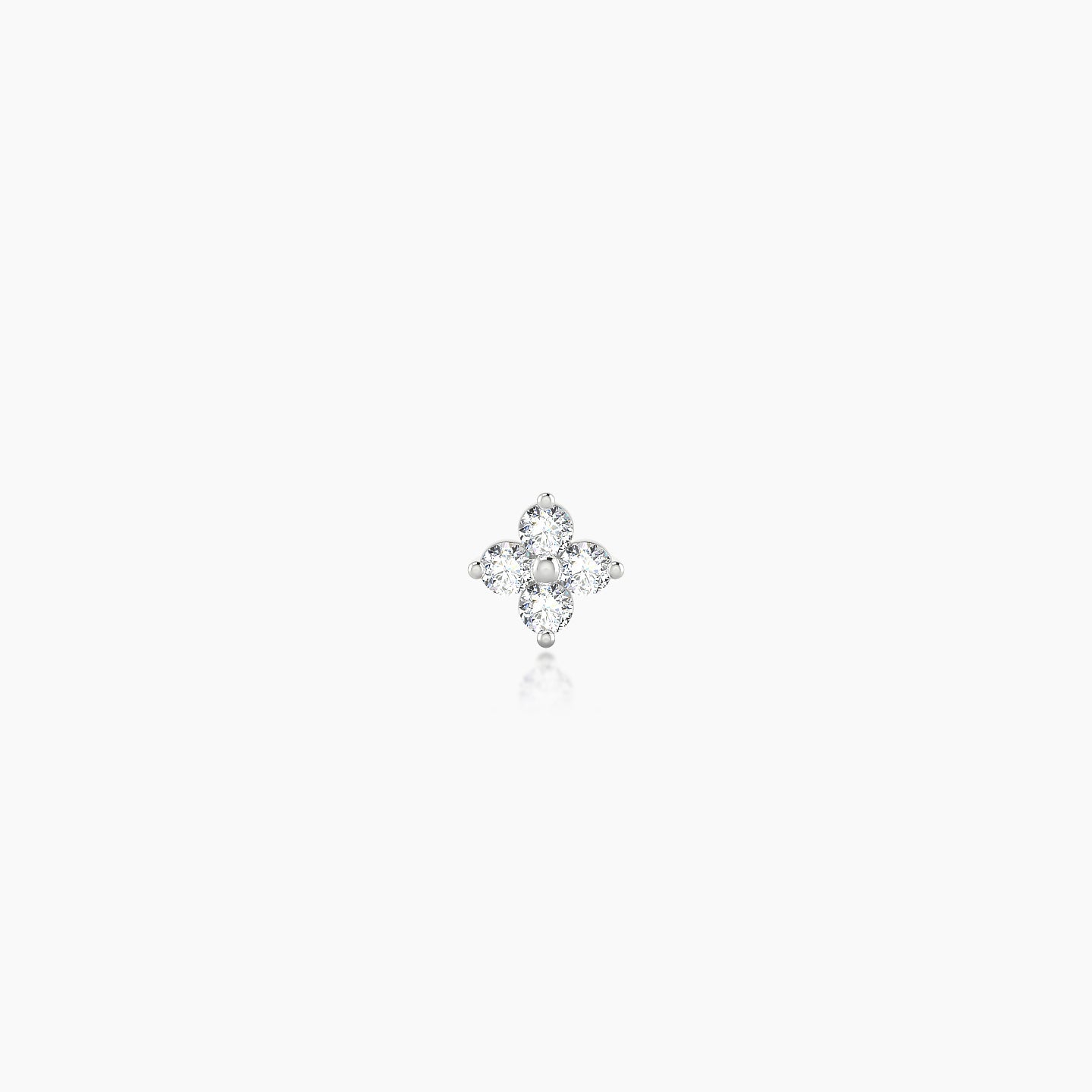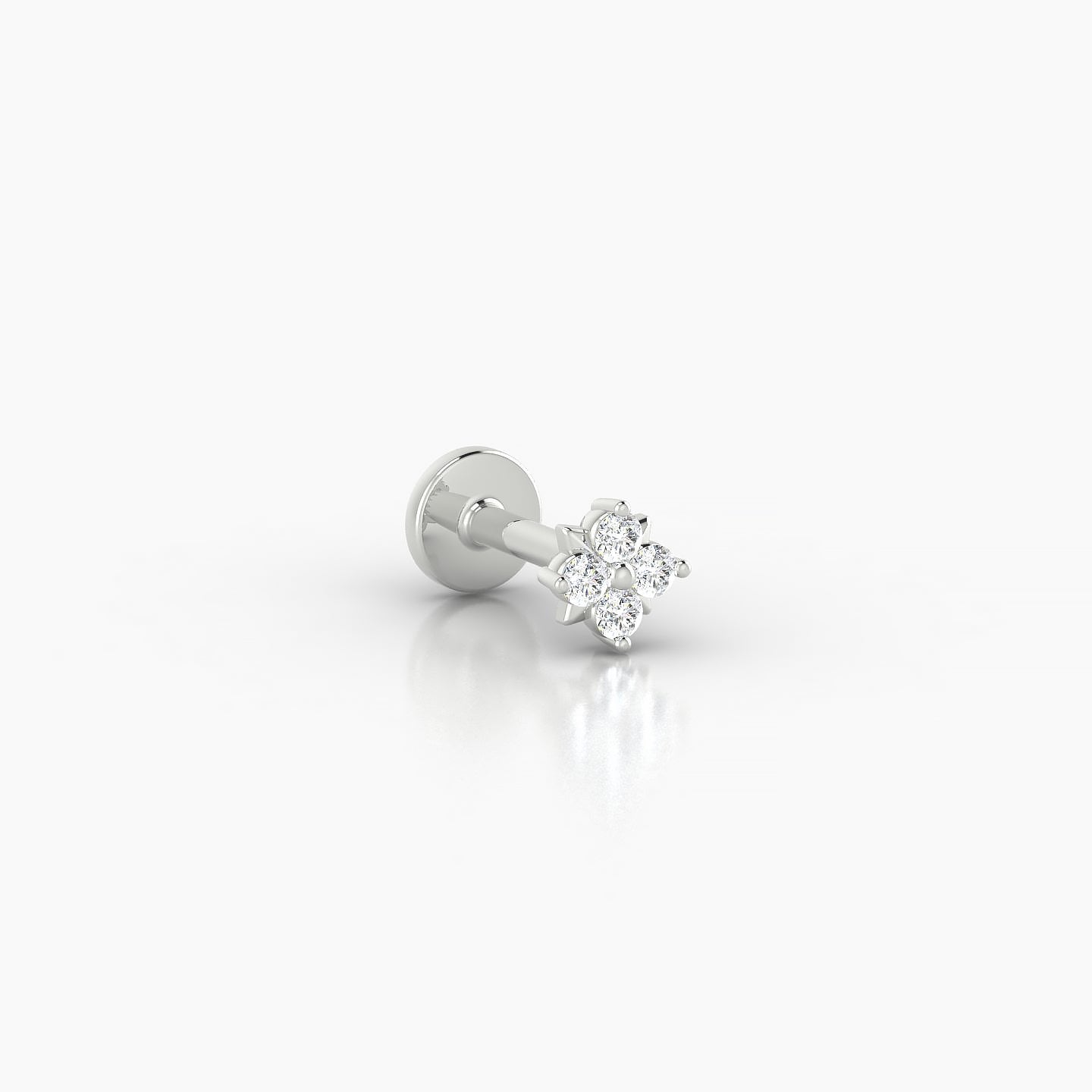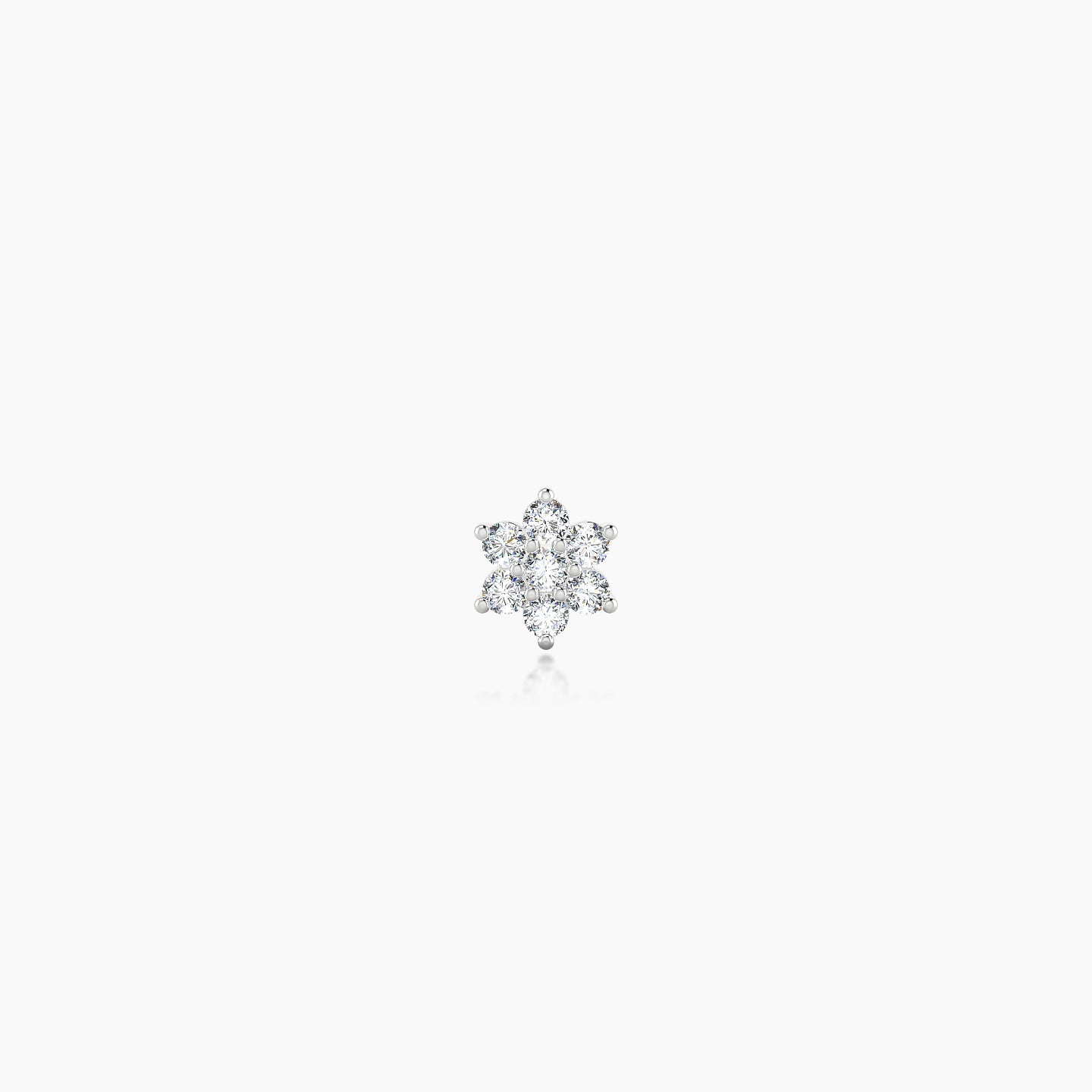Education
FORWARD HELIX PIERCING FULL GUIDE
Forward helix piercing is a popular form of body modification that involves the placement of jewelry on the upper part of the ear, specifically the forward helix region.
This type of piercing has gained significant attention in recent years due to its unique and stylish appearance. It offers individuals a chance to express their personal style and enhance their overall aesthetic.
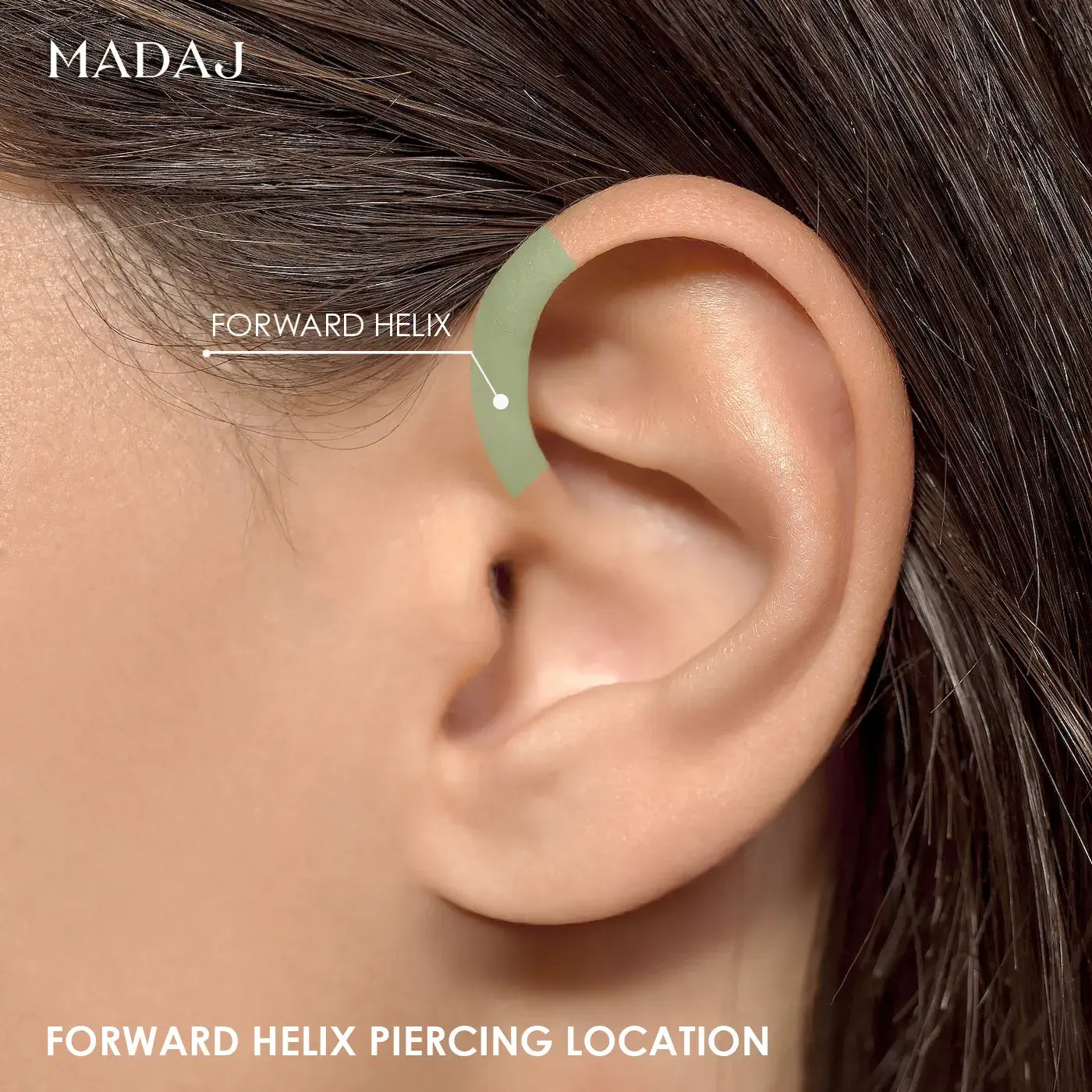
FORWARD HELIX PIERCING PLACEMENT
The forward helix piercing is positioned on the upper cartilage of the ear, specifically the front part of the helix, just above the tragus.It is distinct from other ear piercings, such as the standard helix or tragus piercings, as it is located closer to the face and offers a more noticeable and eye-catching look.

FORWARD HELIX PIERCING PAIN LEVEL
Pain Level of Forward Helix Piercing: (5/10) Cartilage is less flexible than the flesh of the ear, which can cause moderate pain during the forward helix piercing procedure. However, the peak of pain experienced during cartilage piercing lasts only a few seconds and the pain is less intense than that of a conch or contraconch piercing.
How can I minimize the pain experienced during my forward helix piercing?
There are solutions to minimize pain during forward helix piercing, such as the use of lidocaine-based numbing cream (EMLA or generics).
This cream is available in pharmacies by prescription.
It is recommended to apply it between 30 minutes to 1 hour before piercing.
To learn more about reducing the pain of a forward helix piercing, discover our Guide on Ear Piercing Pain Levels.

FORWARD HELIX PIERCING PROCEDURE
- The piercer will clean the forward helix area with an antiseptic solution to reduce the risk of infection.
- They will then mark the exact spot for the piercing with a surgical marker. This step ensures precision and alignment according to your preferences.
- A hollow, sterilized needle is used to create the piercing. This is generally considered less traumatic to the tissue than a piercing gun. It is important to note that pain levels can vary significantly from one person to another.
- Immediately after the needle creates the hole, the chosen jewelry is inserted.

CLEANING INSTRUCTIONS FOR FORWARD HELIX PIERCING
- Maintain a routine of cleaning your forward helix piercing twice daily: once when you wake up in the morning and again before going to bed at night. Regular cleaning is crucial in warding off infections and ensuring a smooth healing process.
- Soak a sterile gauze in the saline solution. Gently press it against your forward helix piercing and hold it there for a few minutes. This helps to soften and remove any crusted discharge around the piercing.
- Carefully dab around the area with a dry, clean paper towel or fresh gauze to absorb any excess moisture. It's important to keep the piercing dry, as moisture can promote bacterial growth.

HEALING TIME & PROCESS FOR FORWARD HELIX PIERCING
The healing process : In the first few weeks, it’s normal to experience swelling, redness, and some tenderness around the Forward Helix piercing site.
Up to 3 Months, gradually, the swelling and redness should start to decrease. - Despite improvements, continue with the cleaning routine and avoid changing the jewelry prematurely as the piercing is still healing internally.
The healing time for a Forward Helix piercing can vary depending on individual factors, but typically, it ranges from 6 to 12 months. Some individuals may experience a longer healing period, especially if proper care isn't followed or if there are complications.
Discover Our

